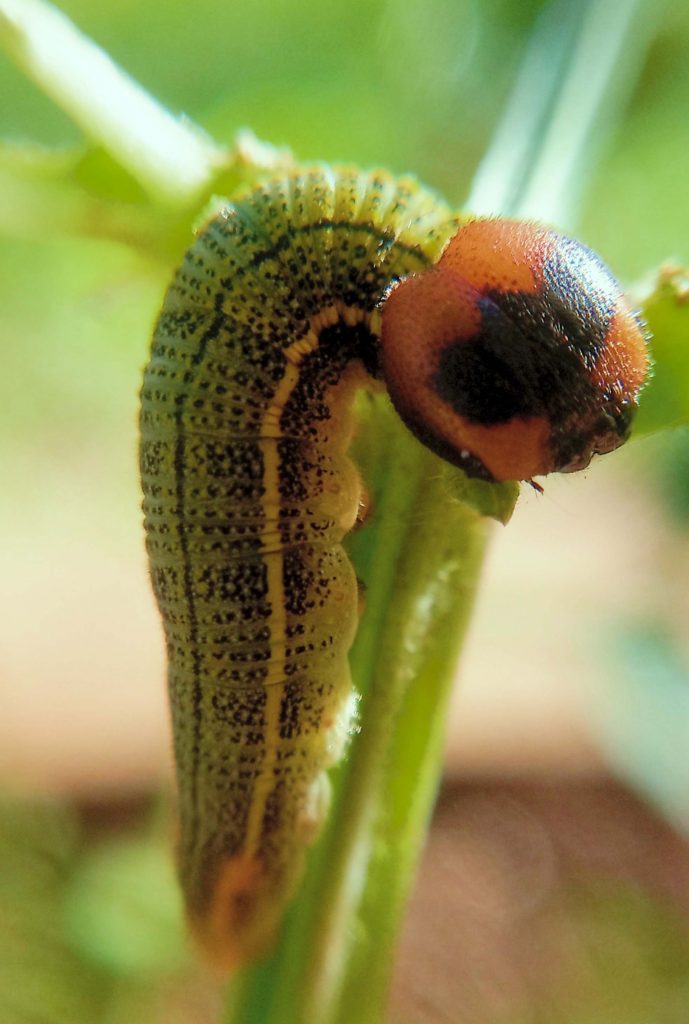
My father was definitely on to something with his vision for a sustainable future. He envisioned a future with clean air, rich soil, happy people and a healthy planet. To him, there was no downside. People win, communities win and, most importantly, the planet wins. That was back in the 1950s. By all accounts, this kind of mindset is needed more than ever today.
Today’s world
At the risk of sounding cliché, we only have one planet to call home. So it’s hard to ignore the planetary pain that climate change is inflicting with unprecendented intensity. The past four years were hotter than any other time in recorded history according to data released by the National Oceanic and Atmospheric Administration.
Getting a grasp on the situation
To get an idea of the magnitude of the issue, I encourage you to read The Uninhabitable Earth: Life After Warming by David Wallace-Wells. Published earlier this year, this best-selling book is filled with examples of the challenges we currently face and can expect to face as temperatures rise.

It’s time for everyone to step up
When you read Uninhabitable Earth – and I hope you will – you will learn just how climate change has fueled drought, air pollution, famine and other catastrophes around the world. The book also offers insight into our future if we don’t change course.
Nature, on her own, will not correct our course. We must take action. Although, I get it. This can feel overwhelming and may leave you wondering, “How in the heck will we solve this problem? How can we change course?”
To me, our ability to solve the challenges of climate change doesn’t seem all that different from how we solve other challenges in life. We pay attention, and we take action. The good news is we have the knowledge and tools today, right now, to get a handle on the problem.
And, I believe we can.
Caring starts at home
We start at home. Take our farming practices for example. Today, we maintain nearly 6,000 acres of certified organic farmland where sustainable agricultural practices are business as usual. In our office buildings and manufacturing plants, we use renewable sources to reduce energy use. Wind power alone supplies half the energy needed for Amway World Headquarters in Ada, Michigan. At our Nutrilite headquarters and manufacturing facility in Buena Park, California, 4,000 solar panels help keep the lights on and electricity flowing. Plus, California employees have a 4-day workweek to cut down on traffic pollution in the Los Angeles region.
Every bit helps.

The time for action is now
I found a Star Wars analogy in a National Geographic article that brings the problem home if we fail to act. It’s from Tim Morton at Rice University who describes a scene from The Empire Strikes Back. The scene is when the starship Millennium Falcon flies into a “cave” that’s actually the mouth of a giant worm. Morton describes climate change as living in a worm. Why? “Because the worm is everywhere in your field of vision, you can’t really tell the difference between it and the asteroid you think you landed on. For a while, you can kid yourself that you’re not inside a gigantic worm – until it starts digesting you.”
The time is now to take action.
If we take serious action now, I believe, everyone wins. The Amway business wins. The Nutrilite™ brand wins. Future generations win.
I thinks Darwin Hintz, Technology Manager for Trout Lake Farm and Nutrilite Global Agribusiness, says it best: Do what you can, with what you have, where you are at.”
Three things you can do, starting today
Don’t over think this, and don’t underestimate your impact. If you need inspiration, here are three simple things you can do, starting today, to move the planet closer to a sustainable future:
1. Say yes to more plant foods. Each day you don’t eat meat or dairy, you can reduce your carbon footprint by 8 pounds. That can add up fast.
2. Cut food waste. Each year, 30 percent of food produced globally is wasted. According to World Resources Institute, if food waste were a country, it would be the third largest emitter of greenhouse gases after China and the United States.
3. Get informed. Read, learn, and share your knowledge and ideas. Perhaps, consider reading The Inhabitable Earth.
We are definitely all in this together.
Cheers,

P.S. Don’t forget to subscribe to our RSS feed and have blog posts delivered right to your inbox.

Very informative and eye opener